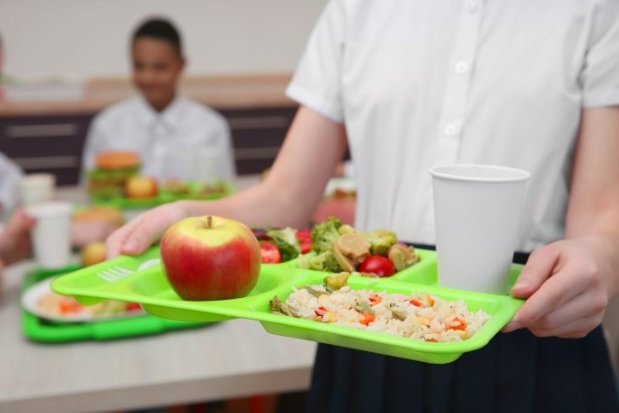
The number of children receiving free school meals in Brighton and Hove has gone up 20 per cent in the past two years.
Of almost 32,000 pupils in state-funded schools in the city, 6,434 were regarded as disadvantaged because they were registered for free school meals.
This was an increase of 1,062 since January 2020 – just before the start of the coronavirus pandemic – and resulted from changes to family circumstances, councillors were told.
But national funding policies “disproportionally” hit schools with more disadvantaged families, a head teacher said.
Andy Richbell, head teacher at St Nicolas CE Primary School, Portslade, spoke about funding problems as councillors discussed Brighton and Hove City Council’s “Education Disadvantaged Strategy”.
Pupil numbers played a part, along with general underfunding, Mr Richbell told the council’s Children, Young People and Skills Committee yesterday (Monday 10 January).
The council is trying to cut admission numbers at seven primary schools from next year.
Parents campaigning against the proposed cuts have shared their concerns about most of the schools being in deprived areas.
And a disproportionately large percentage of pupils at those received free schools meals and with special educational needs.
Mr Richbell told the meeting at Hove Town Hall:
“In our city, the pupil places problem we have at the minute again disproportionally impacts those schools that have higher levels of disadvantage.
“The number of pupils a school has got directly impacts the funding the school has and impacts on the staff you can employ to work with disadvantaged pupils.
“Underlying factors that lie outside of a school definitely play a part. I also think that national policies to do with funding and local issues to do with pupil numbers all exacerbate the problem.
“In a school like ours, where the school is full, I have more money to be able to use to address the disadvantage gap than a school that doesn’t have the number of pupils or is a smaller school.”
The report said that children did less well in Whitehawk, Coldean and Moulsecoomb North, the North Laine and The Lanes, Hangleton South (the Knoll Estate) and Mile Oak.
The Trust for Developing Communities director of youth work Adam Muirhead said that the strategy focused on what schools could do but he was concerned that the scope was too narrow.
He said:
“There’s strategic work that happens in other areas, for example, youth violence, where a preventative public health approach has had dramatic results.
“The principles might map across well. Much like ill-health, issues are preventable … upfront proactive action can save more complex and expensive interventions down the line.”
Mr Muirhead said that poverty and inequality were issues – and you cannot “teach your way” out of educational disadvantage.
Green councillor Zoe John was concerned about the attainment gap in Brighton and Hove where non-disadvantaged children did better than the national average in exams but disadvantaged children performed significantly below average.
Councillor John said:
“It’s really important we get this right. We’re a city with enormous wealth divides where there are clear links between where a child grows up and their educational outcomes and life chances.
“Closing the disadvantage gap is going to get more difficult as school and council budgets are squeezed – and the cost of living is rising.”
She was particularly concerned about the effect of covid-19 on children as an extra 1,062 now receive free school meals due to their family circumstances changing since January 2020.
Conservative councillor Vanessa Brown said that she had seen many strategies aimed at helping disadvantaged children over the years and questioned whether the latest one offered anything new.
She asked whether officials had consulted with other councils serving areas where the schools achieved better results for disadvantaged pupils.
Councillor Brown said:
“We all want matters to improve dramatically but this can only be achieved by concerted work on the ground.
“We must ensure we get teachers, teaching assistants and governors fully involved.”
She was told that literacy strategies had been revised and that data training for governors were among the many new elements of the strategy.
The council’s assistant director for education and skills Jo Lyons said that work was under way to find out what other councils had done that could help Brighton and Hove schools.
She said:
“Very tight monitoring will help make a difference. There’s a lot of different actions that we haven’t done before.
“And head teachers and education leaders, they know their communities well. They know their communities well. And they will be leading many of the strands on the strategy going forward.”
Labour councillor Jackie O’Quinn said that she saw money going into education through the Blair years.
She said: “It seemed to have little impact, and all kinds of strategy were needed. I’m really hopeful that something will change now.”
The committee agreed to endorse the strategy and which will go out to public consultation.

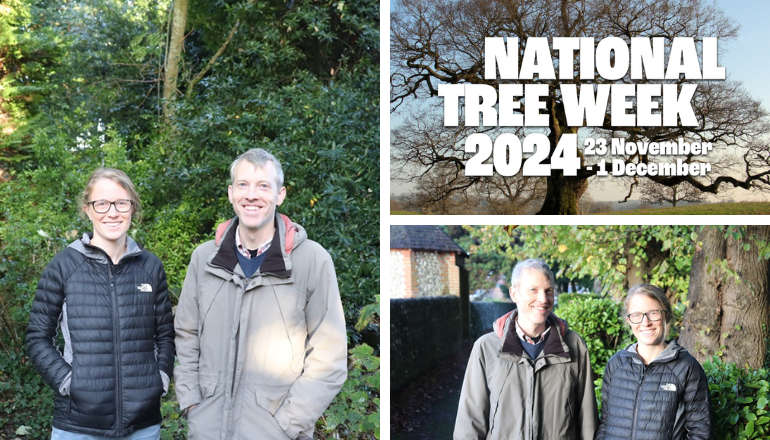 Funding Available For Tree Planting In Chichester District as National Tree Week Begins
Funding Available For Tree Planting In Chichester District as National Tree Week Begins
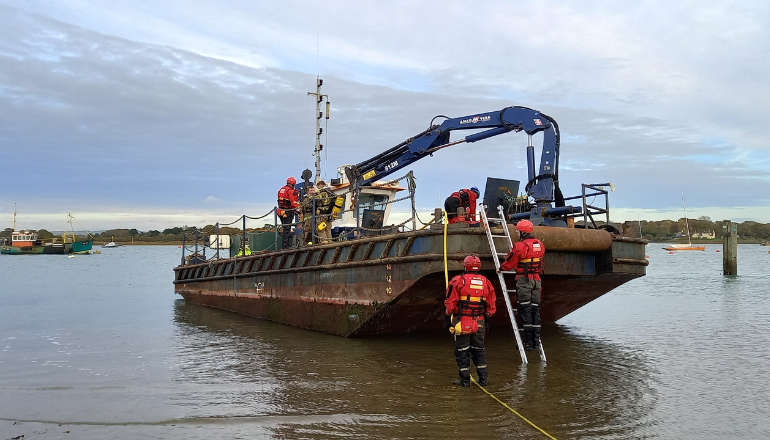 West Sussex Firefighters And Emergency Services Carry Out Training Exercise In Chichester Harbour
West Sussex Firefighters And Emergency Services Carry Out Training Exercise In Chichester Harbour
 Shoreham Lifeboat’s Festive Look Boosted By Family-Run Business
Shoreham Lifeboat’s Festive Look Boosted By Family-Run Business
 Final Touches Being Made To £2m Sussex Wastewater Site Upgrade
Final Touches Being Made To £2m Sussex Wastewater Site Upgrade
 AllSaints Founder To Host Sustainable Fashion Show In Brighton To Raise Money For Homelessness In City
AllSaints Founder To Host Sustainable Fashion Show In Brighton To Raise Money For Homelessness In City
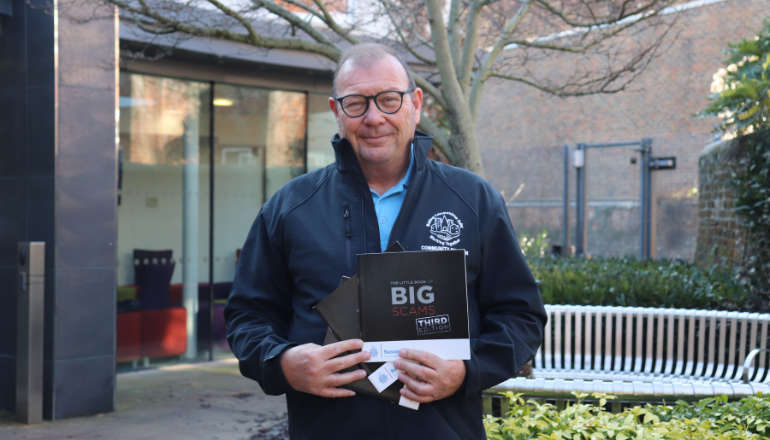 Chichester Community Warden Helping Fight Against Fraud This Christmas
Chichester Community Warden Helping Fight Against Fraud This Christmas
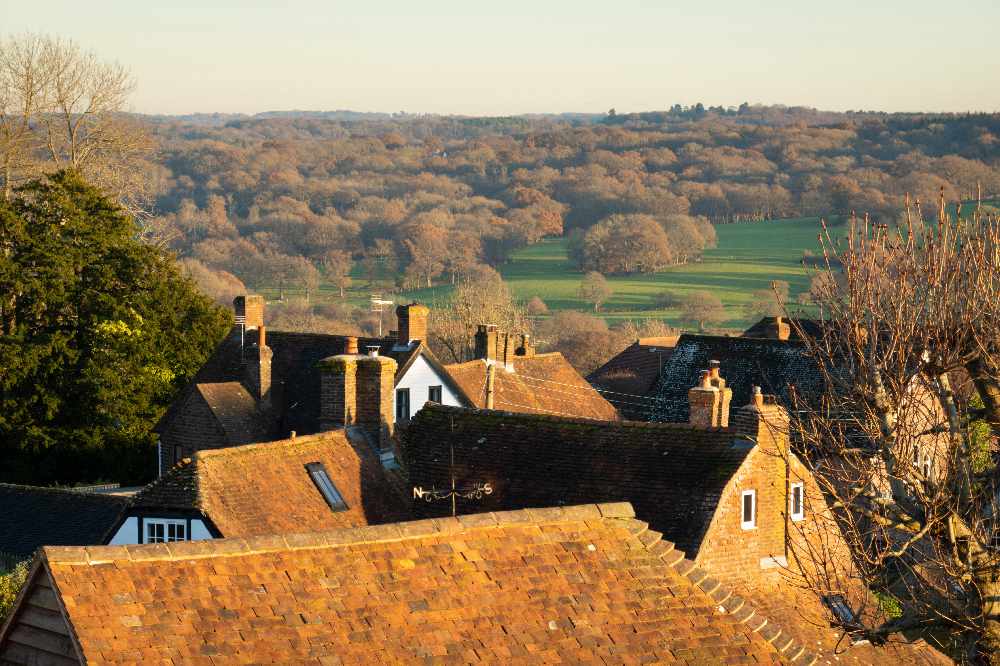 Wealden Council Calls For Government Rethink On Winter Fuel Payment
Wealden Council Calls For Government Rethink On Winter Fuel Payment
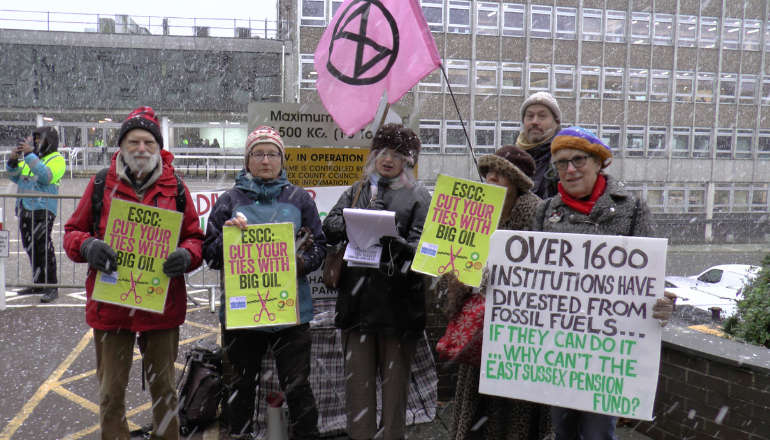 Snowy Protest At Lewes County Hall Calls For Fossil Fuel Divestment
Snowy Protest At Lewes County Hall Calls For Fossil Fuel Divestment
 Local MP Tours Firefighters’ Centre In Littlehampton
Local MP Tours Firefighters’ Centre In Littlehampton
 Former Portslade Scout Leader Convicted Of 79 Child Sex Offences
Former Portslade Scout Leader Convicted Of 79 Child Sex Offences